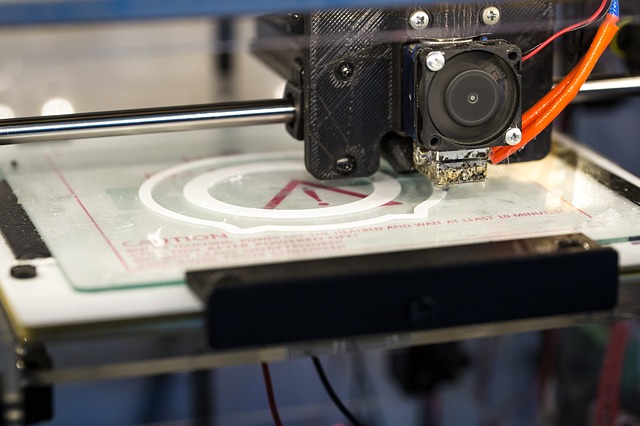What is 3D Printing and Why it is Necessary for Dentistry?
The technology is most commonly used in manufacturing by providing a digital model of an object and building it up in layers of material until the desired shape is achieved. It has been around for decades, but recently 3D printing has become more accessible. Consumers can now buy 3D printers that are affordable, easy to use, and allow them to build anything from household items to prototypes for their businesses.
3D printing has brought about a variety of opportunities for dentists who want to treat patients more effectively and efficiently with less invasive techniques. They can print out customized implants, teeth, bone grafts, or prosthetics that fit perfectly with the patient’s dental anatomy. 3D Printing is a fast and efficient way to print large volumes of prototypes or finished parts. It can also be used as an endcap service for a production run of products.
The technology has many uses in dentistry such as:
- Immediately repair cavities before the patient leaves the office
- Create personalized dental crowns with no need for impressions
- Create adjustable implants that fit perfectly in the patient’s mouth
- Design custom prosthetics
How 3D Printing Can Be Used to Fix a Tooth in a Matter of Minutes
Tooth fractures are extremely common and yet there are very few options for treatment outside of expensive dental procedures. One option for tooth fractures would be using a 3D printer to create a replacement part that can be immediately inserted into the jaw. This technology has allowed dentists in the United States to repair teeth with little time and cost constraints.
The first use case of 3D printing was mentioned in 1986 but it was not until 2016 that 3D printers became widely available commercially. The technology is currently being used throughout the world in various industries such as health care, aerospace, automotive manufacturing, and construction among others.
3D Printed Retainer vs Traditional Metal Implants
3D printed metal implants are a new and revolutionary approach to implant dentistry. They are made with 100% titanium powder that is then placed into a digital sintering device which builds it up layer by layer into specific designs. The process is done within 10-30 minutes and then the implant can be inserted in 20 minutes. The only drawback with 3D printed retainer is the high initial investment amount and additional maintenance costs for repairing your printer.
These 3D printed implants have many advantages over traditional metal implants, such as:
- No need for surgical removal
- Easier to place and replace after placement or as needed later on in life
- Similar weight to traditional metal implants
- Less expensive than traditional metal implants
- Can be molded easily
The Future of Using 3D Technology Solutions in Dentistry
3D printing has been a game-changer for dentistry. As technology continues to advance, it is not just the patients who benefit from this new technology. Dentists can also use 3D printing to create personalized appliances, making dentistry more accessible to everyone.
Recent advancements in 3D technology solutions have also made it easier for dental hygienists and assistants to carry out their tasks more efficiently. They can scan teeth using digital scanners and use CAD software to create customized appliances that they can print on 3D printers. This technology then makes it possible for them to make adjustments or improvements with the ease of a few clicks on a computer or smartphone screen.
The future of using 3D technology solutions in dentistry is that it will become a more dynamic and personalized way to treat patients. Patients will be able to not only talk about their preferences for their dental care but also have an easier time providing feedback during treatment. The future of 3D technology solutions in dentistry is more accessible with AI-powered tech, which can provide even more personalized care with enhanced accuracy and precision.
